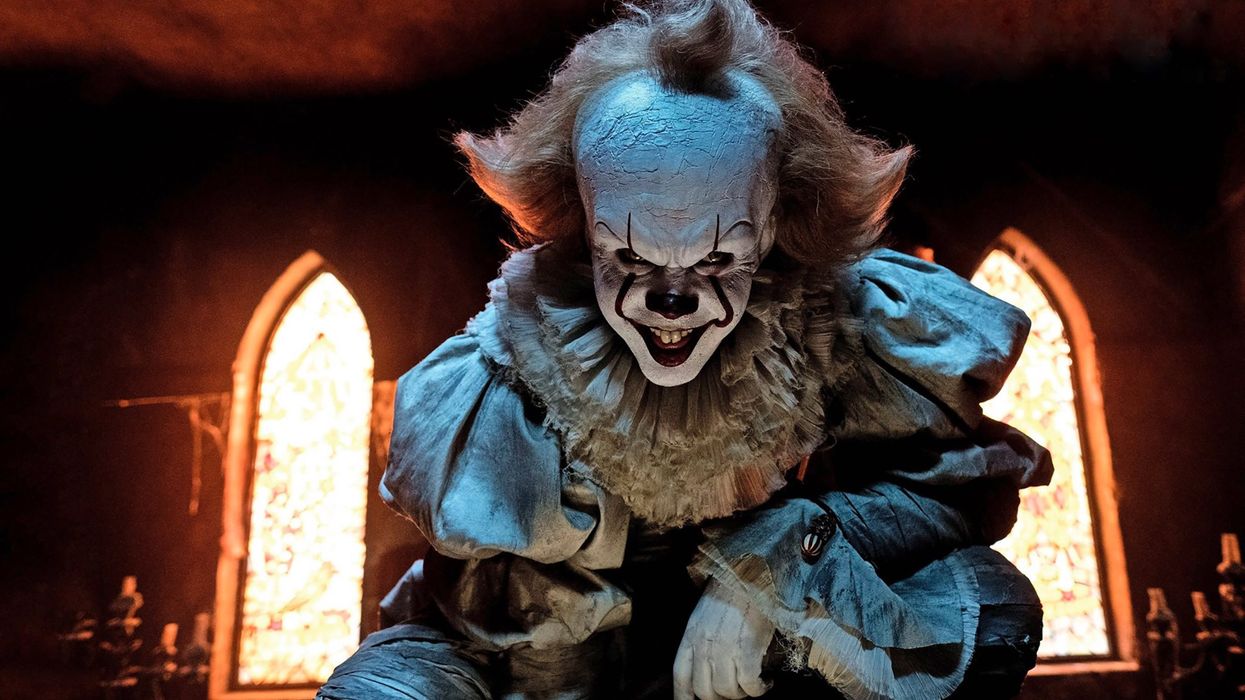Horror Lighting 101: How to Use Uplighting in Fresh, New Ways to Scare Your Audience
Holding a flashlight under your chin might be an old-fashioned horror technique, but, in general, uplighting can still be used to scare the bejeezus out of your audience.

Let's get real—most old horror flicks are not scary by today's standards. I mean, Boris Karloff stomping around as the Frankenstein monster doesn't really make the hairs on the back of your neck stand up the way a possessed tween masturbating with a crucifix does, you know? Despite the highly evolving content of horror films, many of the cinematographic techniques used to elicit scares are the same, namely the use of uplighting.
I know, I know. Uplighting, the whole "flashlight under your chin" thing, is dated and boring and 100% not scary, but let Aputure's Nerris Nassiri show you how modern horror filmmakers put the technique to work in fresh, new ways to make their audiences squirm in their seats.
Here's the thing: Yes, uplighting is not often considered scary, but that's not due to the fact that the technique itself isn't scary. The old-school approach is admittedly heavy-handed and much too obvious for today's audiences—when we see it, we are immediately aware that the filmmaker is trying to scare us, which, as we all know, kills the scary mood altogether. This is why modern horror directors and cinematographers try to be more subtle with their uplighting, using plenty of practicals and motivated light to throw us off the scent of the big scare.
So, don't knock the technique altogether. It has a lot more mileage than you might think, given its ability to eerily confuse our innate sense of the natural world and our learned interpretations of good and evil: the life-giving sun shines down, the flames of hell shine up. So, the next time you try your hand at horror lighting, try going subtle with some practicals rather than handing your subject a damn flashlight.
Source: Aputure











